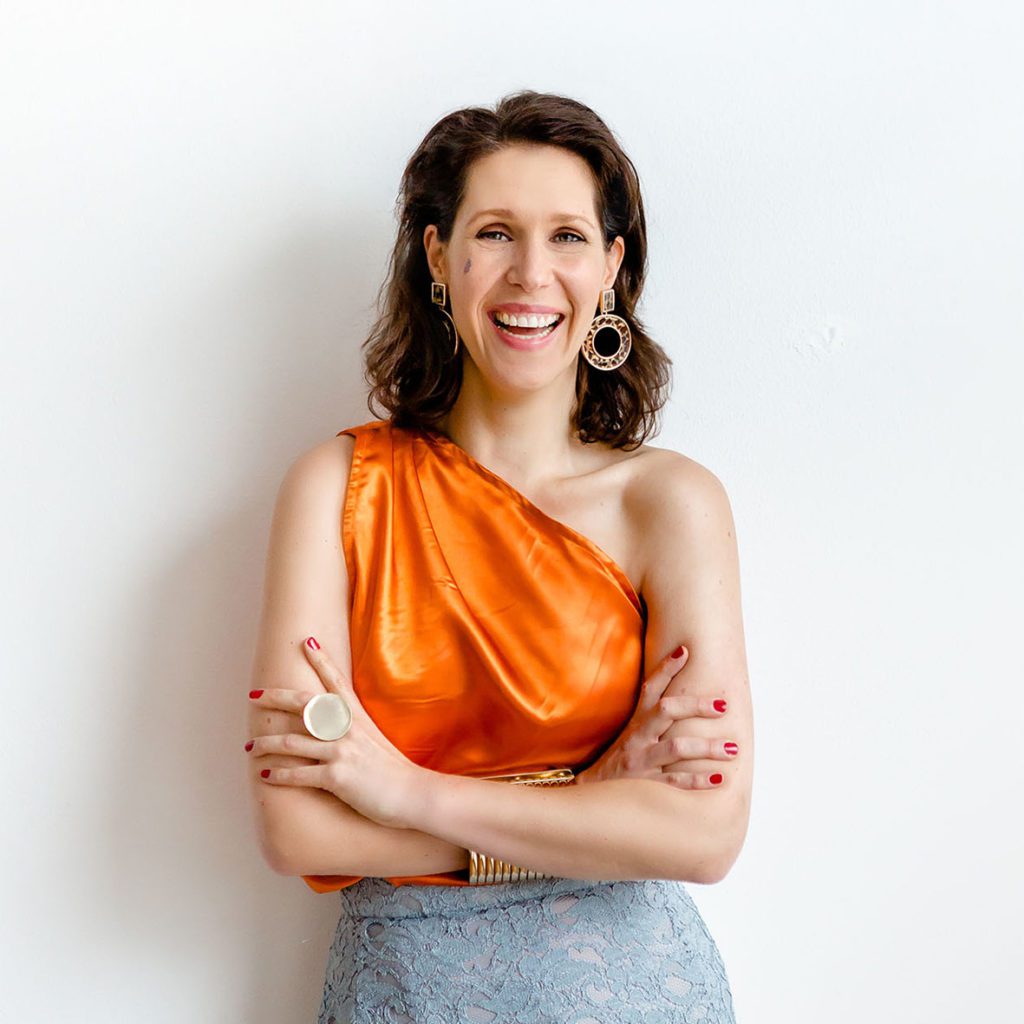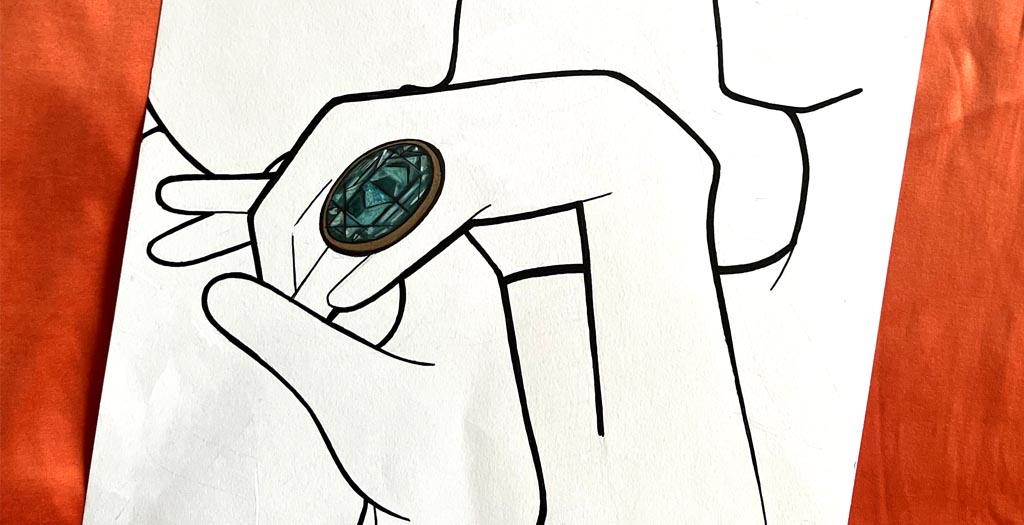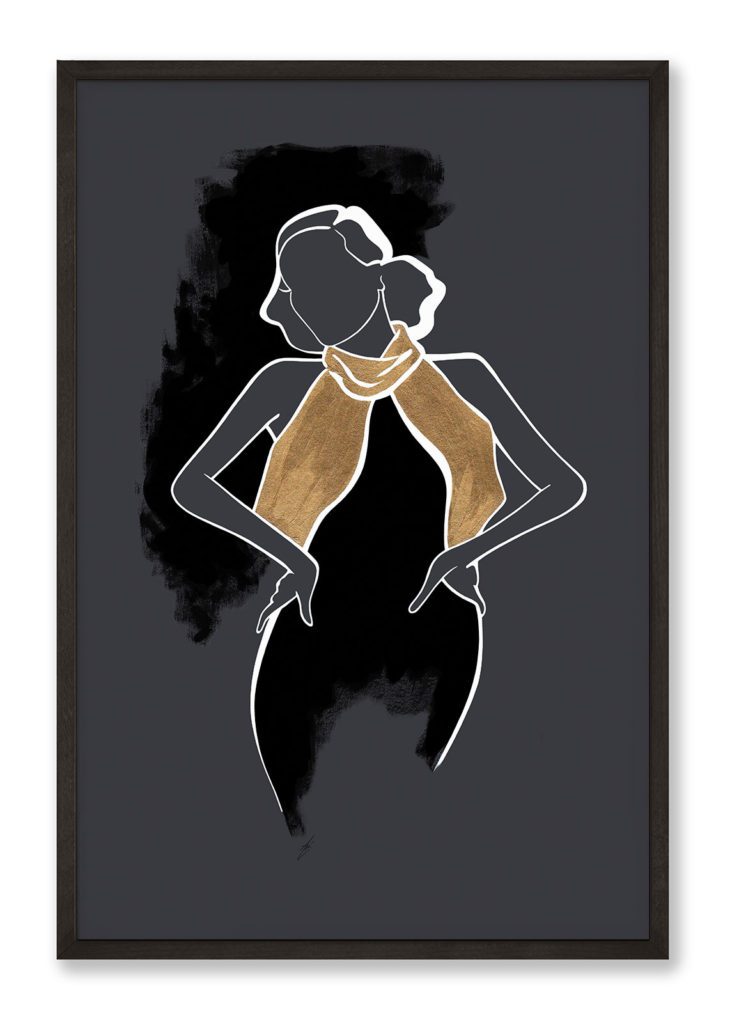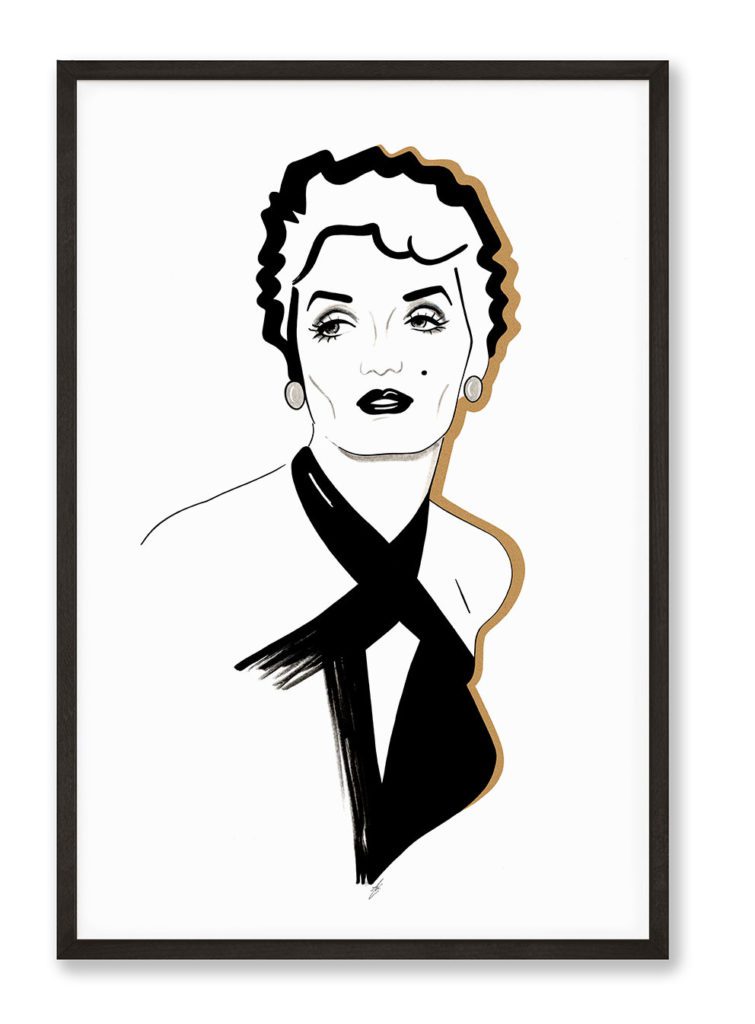Old Hollywood and the art of self-invention
What the time when star were being made can teach us




Hi, I'm Kat!
What I am most passionate about is to inspire you to see that your life is your own and biggest masterpiece.
Old Hollywood (the period between 1910 and roughly the end of the 1950s) stands out from the rest of Hollywood because of the organisation of the so-called studio system. There were only the big studios, and they had actors and actresses under contract just like any other company. It was a very large apparatus that worked on the illusion of the movie and the stars. And this concept has produced some of the greatest stars we know – from Marlene Dietrich and Greta Garbo, to Judy Garland and Lucille Ball, Marilyn Monroe and Doris Day, to Audrey Hepburn and Elizabeth Taylor.
LISTEN TO THE PODCAST
SUBSCRIBE TO THE PODCAST
Jean Harlow and her platinum hair
Just recently it was the anniversary of the death of Jean Harlow, among others, and she inspired me on the topic of self-image, ideal image and self(er)discovery.
First of all: Jean Harlow was the first Hollywood blonde – and thus served as a role model for later Hollywood greats such as Marilyn Monroe, Mae West or Mamie von Doren. Jean Harlow had a very striking image. Probably everyone thinks of Jean Harlow in terms of extremely high, arched eyebrows, heavily mascaraed eyelashes, incredibly tight white satin dresses and wonderfully coiffed platinum blonde hair. It has become so ingrained in us that it can even be taken as a carnival costume. Why is that? Because she and the studio system have turned the simple pretty girl that was Jean into a star with a strong image. Today people are so fond of talking about the “brand” and the brand image. And Jean Harlow was also a brand – with a brand promise, brand packaging, brand values, brand language. We humans are relatively simple-minded – we want things to be simple, in our celebrities as well as in our drinks or ice cream. Jean Harlow was not Jean Harlow – Jean Harlow was made.
Stars were literally made in Old Hollywood
In Hollywood at the time, stars were indeed made – hairlines were moved, hair was dyed, moles were removed, eyebrows were shaved off or altered, teeth were capped, the nature of roles was predetermined, and clothes were perfectly tailored to the person and the body by costume designers. It was, as I said, star machinery. But it worked. That’s how real stars were made – untouchable and beautiful. The system created what the masses wanted.
And that’s why I feel the stars of Old Hollywood were the “real stars” – they were larger than life. They were no longer themselves. They were an exaggerated version of themselves. What they brought to the table was filed out, emphasized, or covered up. Joan Crawford had costumes tailored to her body and helped define all 1930s fashion because her broad shoulders needed to be concealed, Jean Harlow had her satin dresses cut in a bias thread that traced every curve. Elizabeth Taylor had her incredibly narrow waist. Rita Hayworth became the legendary femme fatale after she dyed her natural black hair red. A perfect cocktail was mixed, which moved the masses of moviegoers – in the truest sense: namely to the box office.
But what does this have to do with you? Should you dye your hair now, have your teeth ground down or hire a tailor?
Well, yes – if you want to, of course.
But otherwise: Of course not.
You need to think like a movie studio boss
The real message: You have to think like a studio boss – much more like the whole studio. Speak: Imagine you’re a studio head, producer, director, costume designer, set designer, stylist and leading lady in the blockbuster of your life. For one thing: How cool is that? And on the other: Get to work!
So what do you need to think about, what are the steps?
Goals
What is the goal? The studio machinery wanted a star. Someone different from the others. A Jean Harlow – who was only later copied by Marilyn Monroe, Mamie van Doren and others. An Esther Williams – the only floating leading lady of Hollywood. A mysterious Greta Garbo. A fiery Rita Hayworth. This was to make money, a lot of money. But what is your goal? A lot of money? Another career? Self-employment? Define exactly where you want to go.
Brand Image
So what brand image do you want to project? Here you can think about what values you want to embody. Are you someone who loves freedom or do you prefer security? Are you more of a fun-loving hippie or conservative upper class? Loud, colorful and lively or dignified, monochrome and elegant? What is your brand promise? That everyone around you can and should live out their craziness? Or that everyone can rest with you like in a place of peace? Are you always up for a laugh or do you prefer to be someone who listens in quiet conversations?
Stylist
The stylist wonders: how can we change hair and makeup to symbolize this brand promise? Because that’s what you get to ask yourself then. Are there women you look up to who embody a similar brand image? What look do they have? What do you spontaneously like? What would you like to try out?
Costume Designer
The costume designer asks herself: Which look fits here? Which colors? Which cuts? Do they change? How do they emphasize character? What fits you and your brand promise?
Set Designer
The set designer asks: In which setting can you best tell the story of the protagonist, i.e. the leading lady without words? What does your apartment look like? Your car? Your office? Your desk? Is it velvet furniture in an old building or Minimaoist style in a converted factory loft?
Screenwriter
The screenwriter asks herself how she writes the script: What kind of story is it? The story of a victim or that of a heroine? Does the main character let the difficulties stop her in her tracks or does it only make her stronger? Is she funny? How does she handle the situations? Does the story have a happy ending? Is it a comedy, a drama or an action movie? You can write the script of your life – and you can make everything that has happened in your life so far your Heroine Journey, something that prepares you for the road. You can make yourself the heroine of your life and set your happy ending already.
Director
The director asks herself: how do I stage the film? How will situations be portrayed, what music, what lighting? Re-stage your past. Make it imaginable for you. Stage your future. How does it look, how do you look in it? It’s up to you to package your story, your successes, your losses, your misfortunes, so that it makes sense to you, so that it becomes a powerful production of a masterpiece.
Producer
The producer: where do I invest? Where do I get the biggest ROI (return of investment)? What makes sense at the beginning, what later? What will take me the farthest now? What investments will you make in yourself? What will make this movie, your movie of life more valuable? New wardrobe? New education? Self-employment? Travel? New job? New city? New partner? Haircut?
Leading Lady
The leading lady asks herself: How do I play the role? What does such a person think and feel? How does she act? How does she speak? How does she behave towards others? How can I play this part to be as authentic and believable as possible? Embody this heroine, this main role, down to the last fiber.
But that doesn’t mean you have to be perfect. That you have to frenetically hammer out a brand image. But know that you have so much control and influence. You have so much freedom to make decisions. And this example shows you how many different perspectives there are.
Just be whimsical and think about what kind of star would you want to be? What would suit you? What would be easy for you? I think this is a wonderful way to daydream and can take you a long way.
With all my love!
xx






